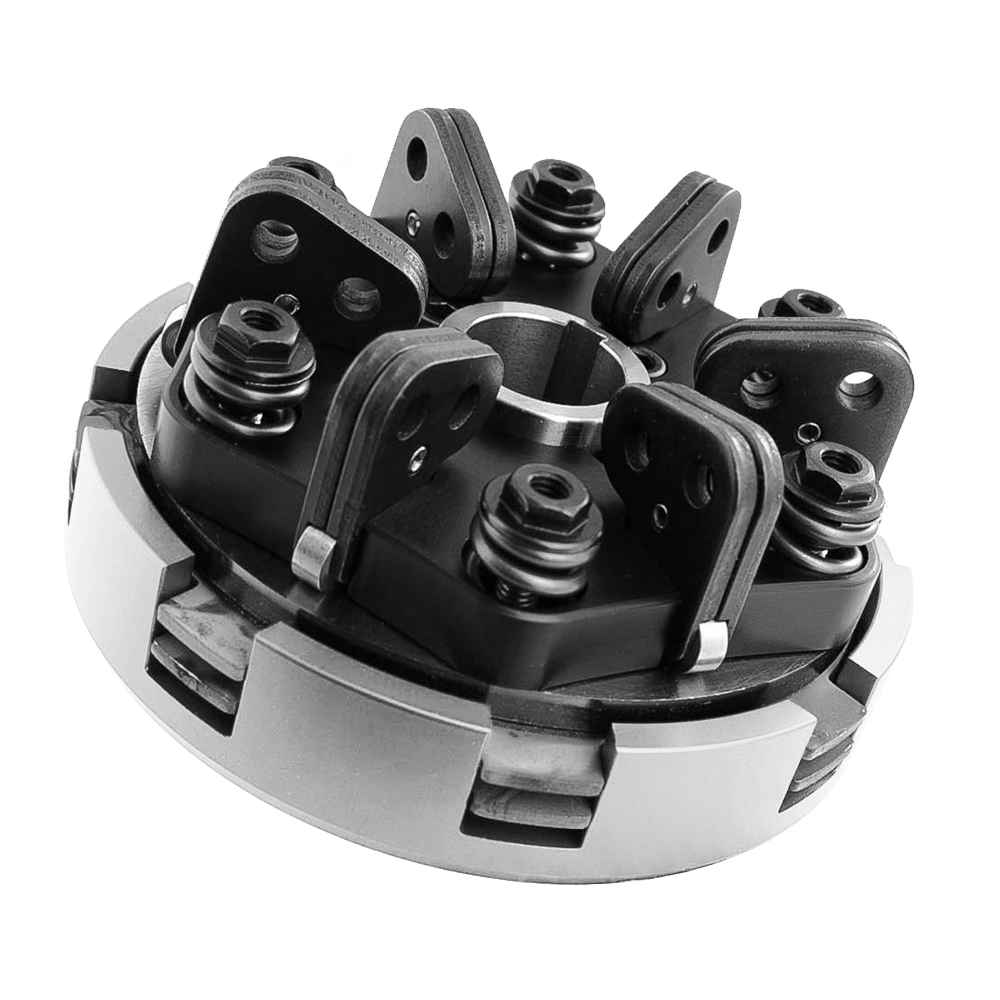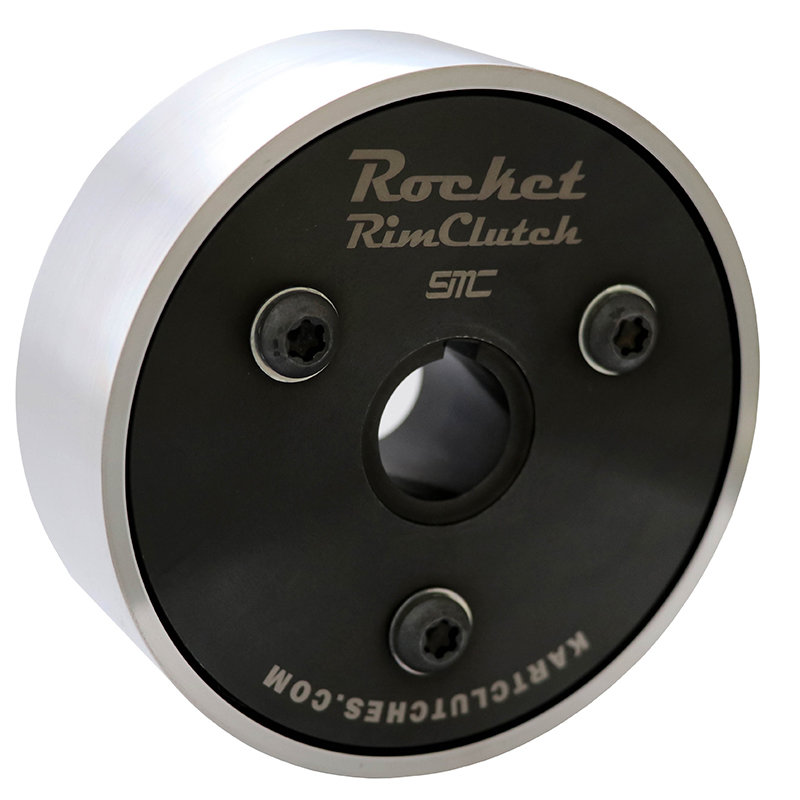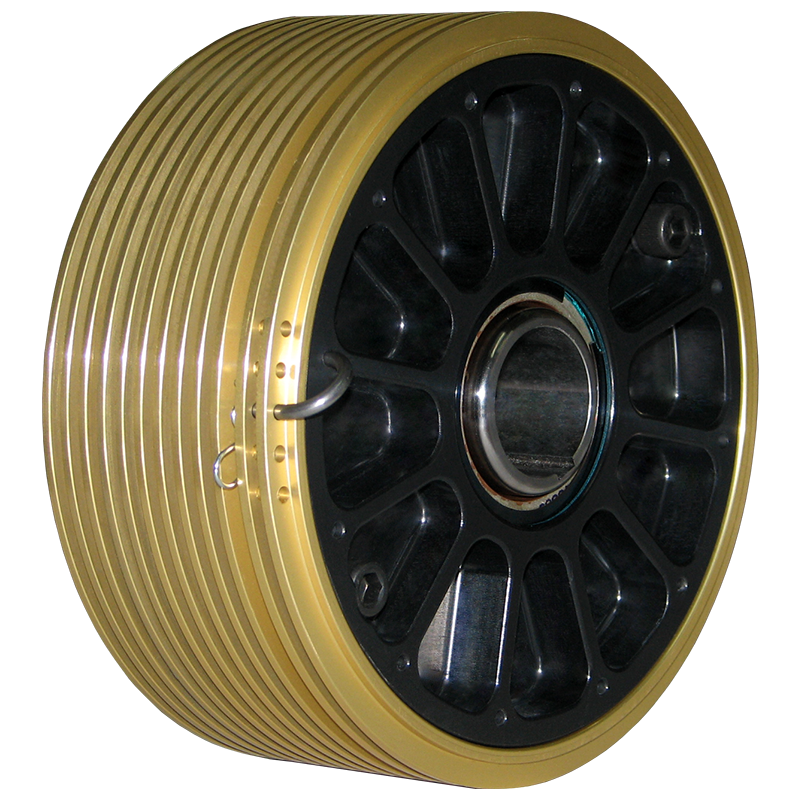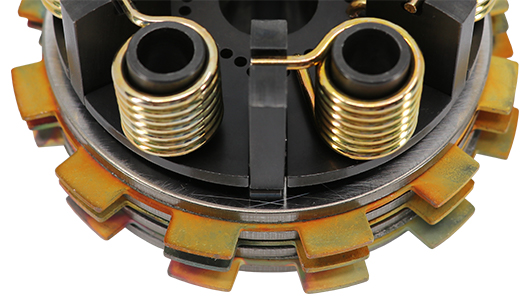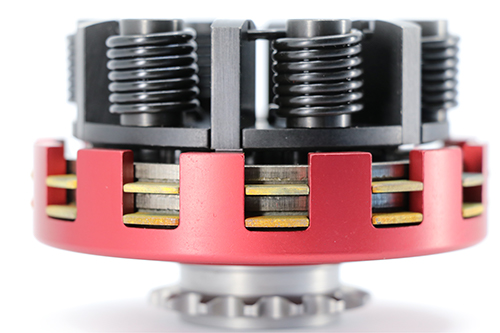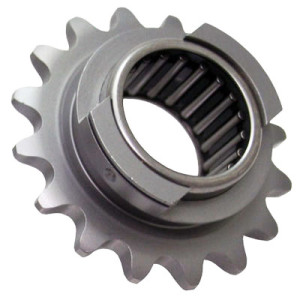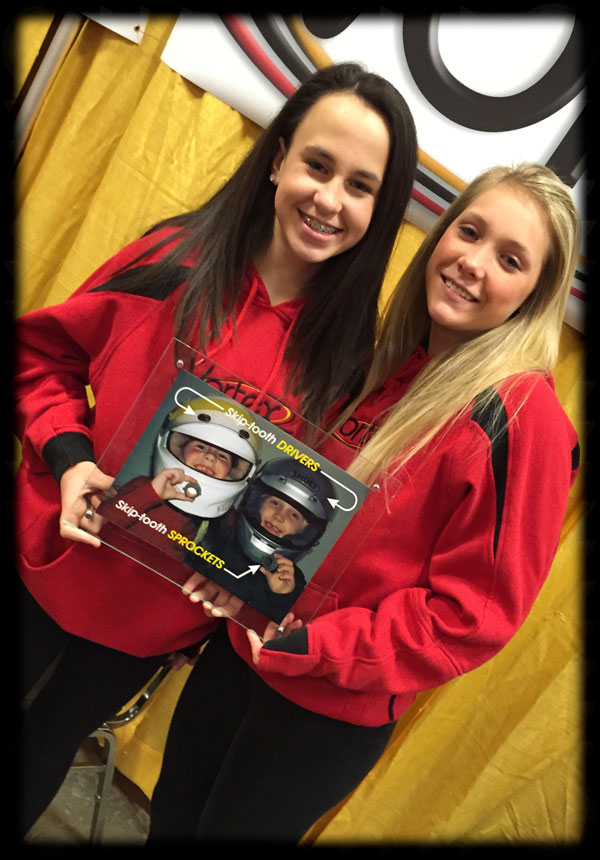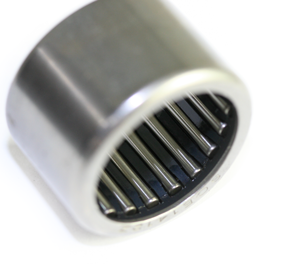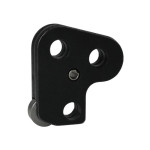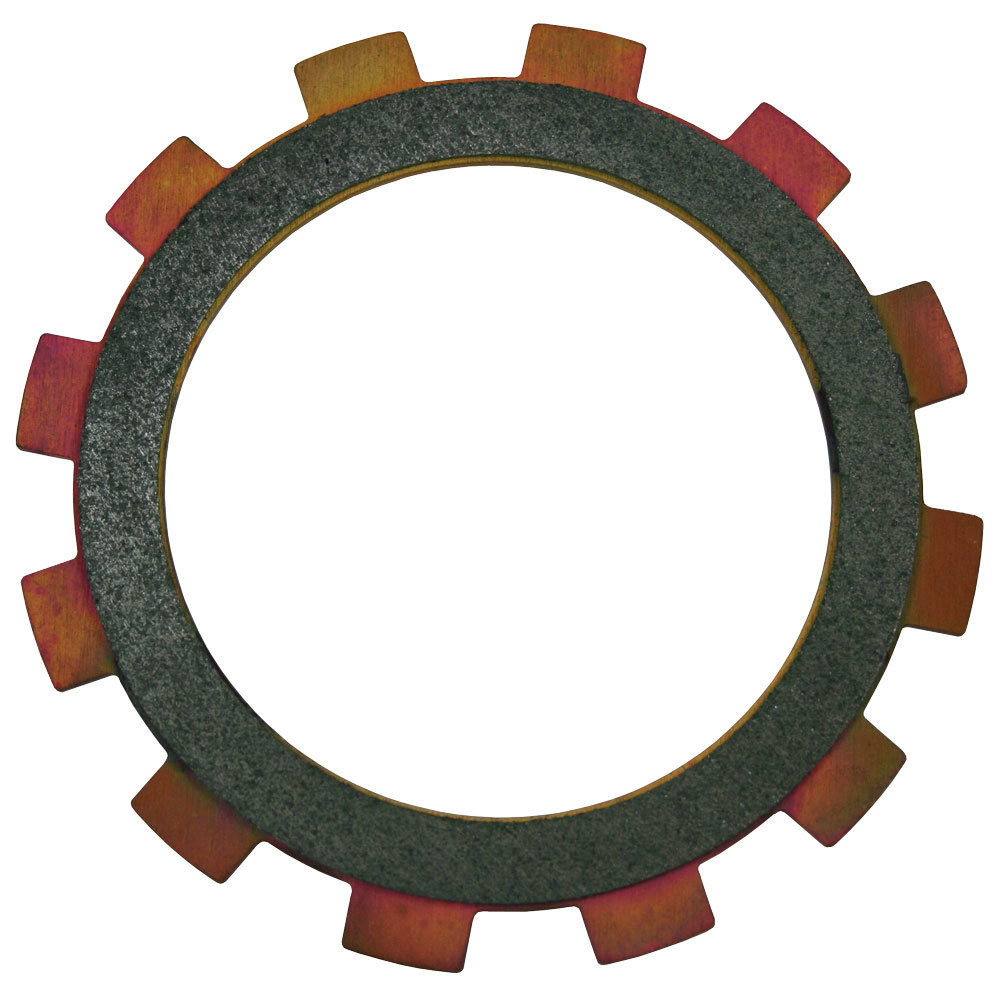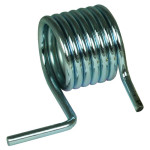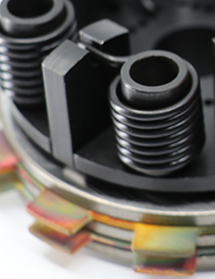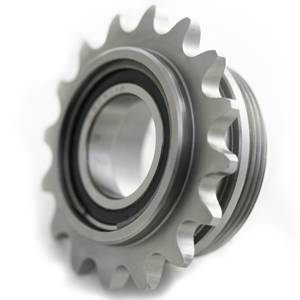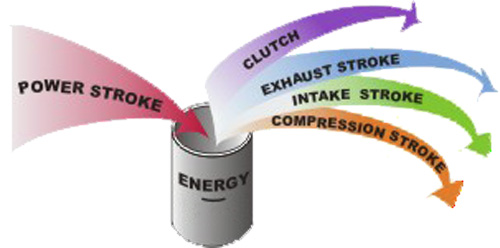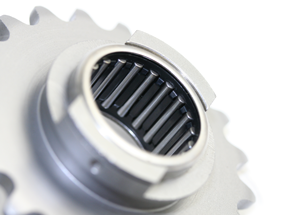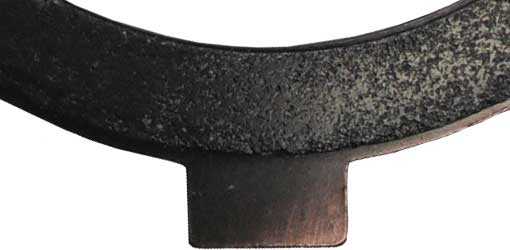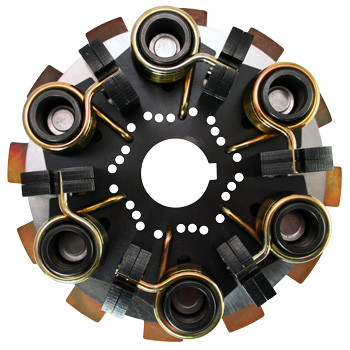What are the differences between the Vortex Flats and Vortex Threads clutches?
Download AGGRESSOR Engine Clutch Instructions
Download Rocket Rim Clutch Instructions
Download Vortex Engine Clutch Instructions
Download Axle Clutch Instructions
How many disc are needed for a super super short track and 390lbs kart and driver?
Are disc clutches worth extra money?
I bought a single disc Vortex Flats clutch for my son who runs purple plate flat head. Do I have to buy a certain brand sprocket or would any brand work?
Which name is it: sprocket, gear or driver?
What is the correct engine engagement rpm?
Does a clutch sprocket require any kind of maintenance?
I installed new SMC Roller Levers in my three disc Bully clutch. The issue I’m having is they are all tight in the actuator plate. I put the original levers back in and they fit fine. What’s the deal?
Any chance that SMC Roller Levers will fit a Tomar TD43 ?
What is the minimum thickness for a Vortex clutch disc?
If you were needing higher RPM’s for a Open motor, which would be the better choice for a 4 stoke open? 1-axle clutch, 2-arena style clutch, 3-jack shaft.
Does the Vortex need to be rebuilt after every season? We ran on a purple plate for fourteen races. I scuffed the plates after every other race. Does anything else need replaced other than the plates and discs?
Aren’t all engine clutch sprockets the same?
What makes the Vortex clutches unique?
A Brief History of Engine Crankshaft Clutches
What are the advantages the Vortex Threaded sprockets?
Hard Hitting Clutches vs. Hard Pulling Clutches
Sprocket Bearing Lubrication
Cleaning Clutch Discs
What makes a Vortex a Vortex?
Engine Clutch Applications
Vortex Clutches Spring Chart – Estimated Engagement RPM
What is the difference between the Vortex Threads and Vortex Flats Engine Clutches?
Vortex Disc Engine Clutch – Fine Tuning Engagement RPM (Video)
Clutch Sprockets – When to Discard a #35 Chain (Video)
Cleaning Clutch Discs – Mechanically Not Chemically (Video)
SMC Clutch Sprockets – Saving Money, Time and Frustration (Video)






